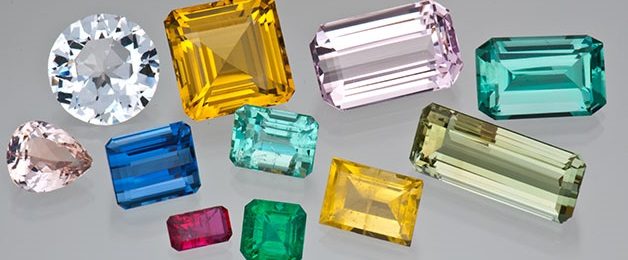Maybe it is not love at first sight, but andalusite is a beauty that can be surely recognized at a second glance. Once andalusite has captured your attention however, you won’t be able to look away. Andalusite is an extraordinary gemstone that is characterized by elegance and soft colours which change according to the time and to light.
Andalusite is an aluminium nesosilicate mineral and was already described by Jean-Claude Delamétherie, in 1798. However it has been behind the scenes for a long time because it is not easy to find. Only a few specimens were quickly bought by gemstone collectors, those who could afford it. Even today andalusite is a rare stone, but is growing in popularity and therefore is becoming more commercially prominent.
Andalusite gets its melodious name from the Spanish Andalusia, a region located in the sunny south of Spain, where it was discovered. Today Andalusite is mostly mined in Brasil, but can also be found in the German region of Fichtelgebirge in Bavaria, although these gemstones are not of a high-quality.

Andalousite
This gem is really and strongly pleochroic and it shows many earth tones of yellow-gold to green and brownish reds and oranges to earthy browns.
Pleochroism is a special effect in which gemstones can show two different colours at the same time. These colours appear when the gem is observed at different angles. To be more technical, andalusite is a trichroic gemstone, as three different colours glisten simultaneously. Different to so called colour change gems which show different colours under different light sources, pleochroic gems show many different colours simultaneously when viewed from different angles. When andalusite is turned in the light, the flashes of different colours is reminiscent of a fiery Flamenco dance.
The Perfect Cut for Pleochroic Gems
The cut of a gem plays a very important role because it directly affects its overall value. The cutter has to pay great attention to the balance of colour when processing Andalusite and find the perfect balance of the unique and harmonious shades. This is particularly noteworthy because the cutter, in contrast to most other pleochroic gems, attempts to maximize a single colour, similar to the process for cutting tanzanite or kunzite. Andalusite is an unmistakable gemstone, which cannot be compared to any other gem!






